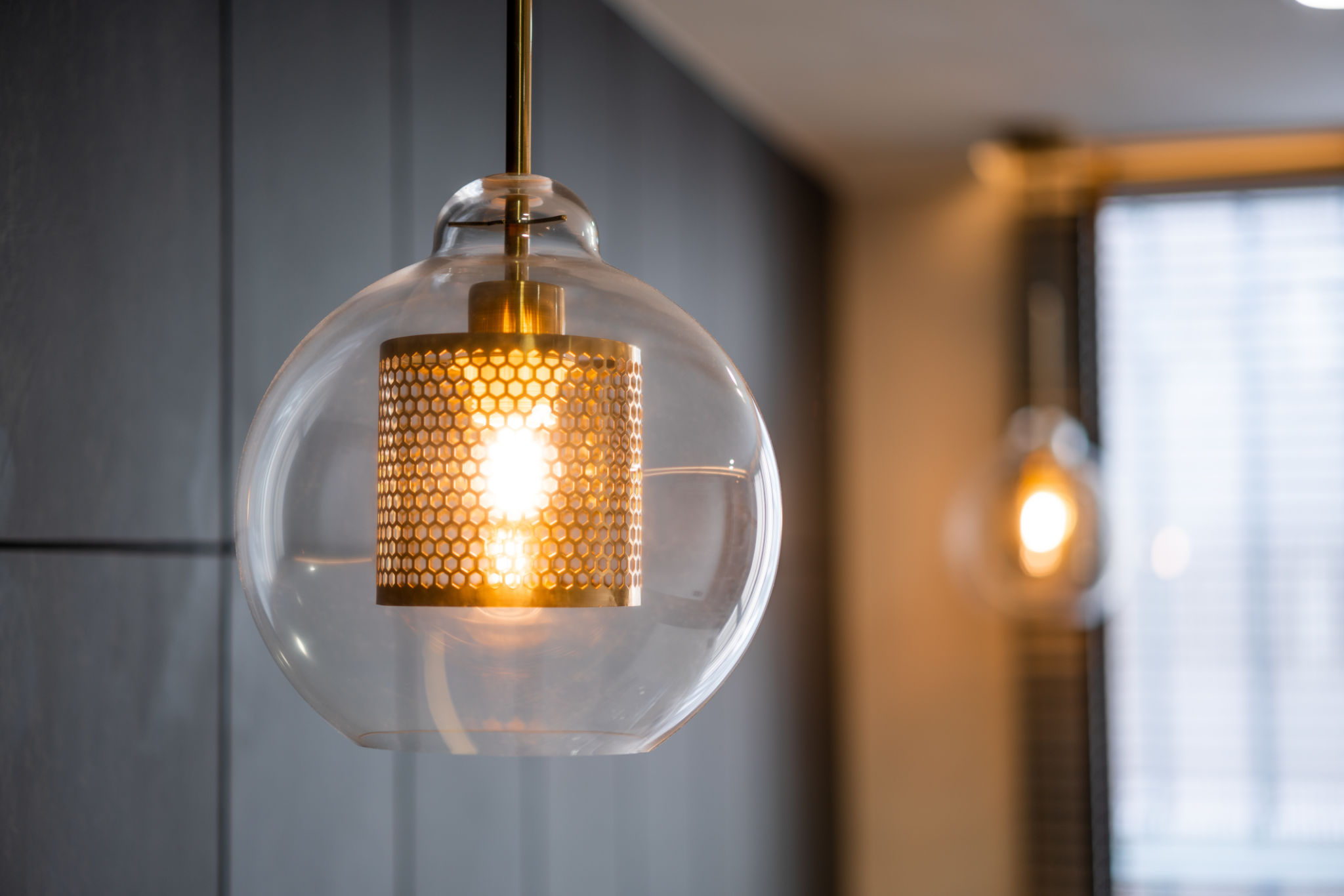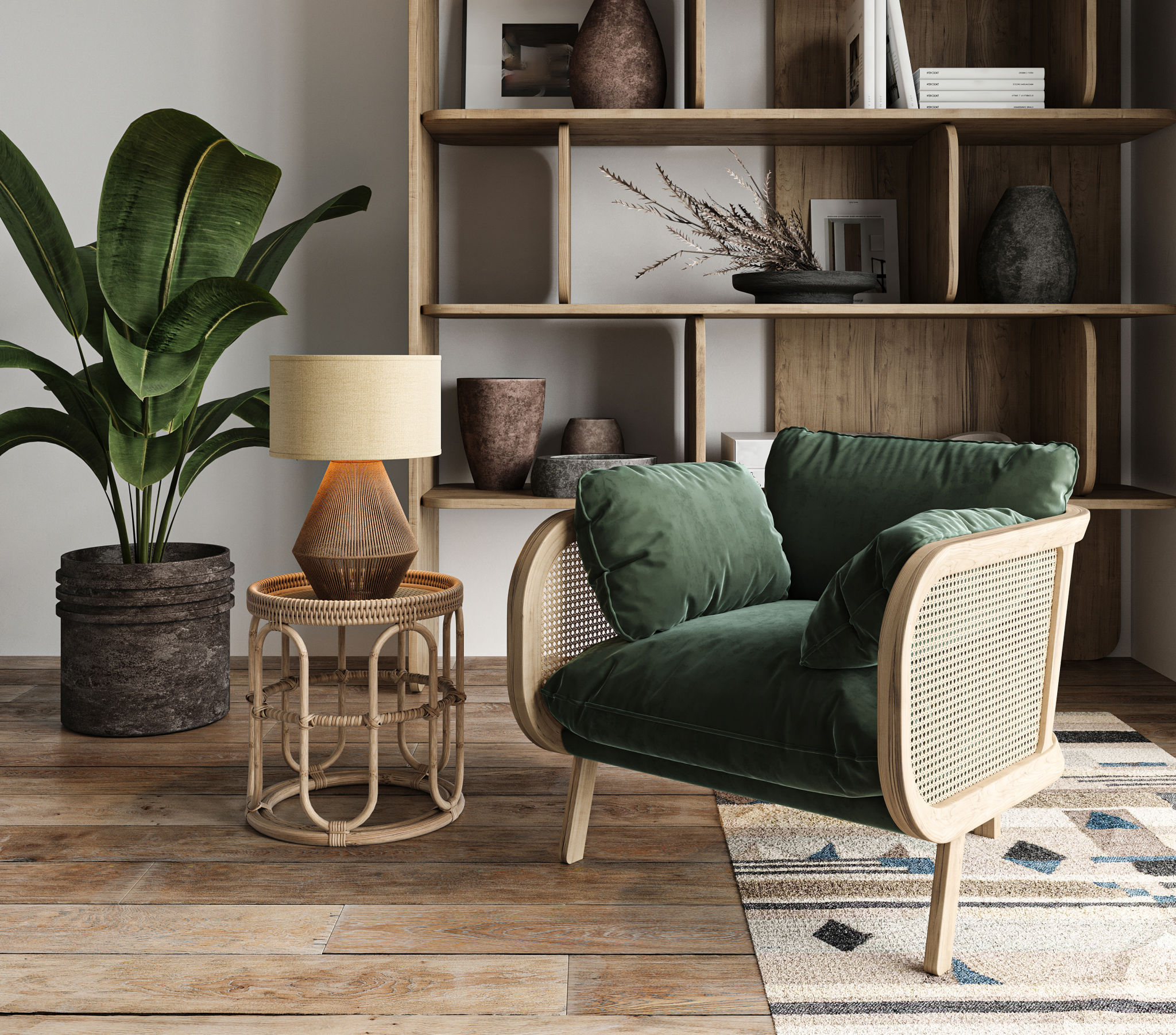Top 5 Mistakes to Avoid When Choosing Paint Colors for Your Home
Understanding Your Space
One of the biggest mistakes homeowners make when choosing paint colors is not considering the unique characteristics of their space. Each room has its own lighting, size, and purpose, all of which can significantly impact how a color appears. Before settling on a shade, take into account the natural light in the room and how it changes throughout the day. A color that looks perfect in a brightly lit store might appear completely different under your home's lighting conditions.

Additionally, consider the size of the room. Lighter colors can make a small space feel more open and airy, while darker hues can add coziness to larger areas. Always test samples in various parts of the room to see how they look at different times.
Ignoring the Color Undertones
Another common mistake is overlooking the undertones of a paint color. Every color has underlying tones that can affect how it blends with other elements in your home. For example, a beige paint might have pink, yellow, or green undertones, which can clash with your furniture or decor if not carefully considered. It's crucial to compare paint samples next to your existing furnishings to ensure they complement each other.

To avoid this mistake, gather swatches of your home's key materials—like flooring, countertops, and upholstery—and see how they pair with potential paint colors. This step will help you achieve a harmonious look throughout your home.
Following Trends Blindly
While it might be tempting to jump on the latest color trends, doing so without considering your personal style and home's architecture can lead to regrets. Trends come and go, but your paint choices should reflect your tastes and create a space where you feel comfortable. Consider incorporating trendy colors in accents or decor pieces rather than committing to them on large surfaces like walls.

Stick to timeless shades for main areas and experiment with bolder choices in smaller spaces like bathrooms or accent walls. This approach allows you to update your home's look easily without a complete overhaul.
Neglecting to Test Paint Samples
One of the most critical steps in selecting paint colors is testing samples on your walls. Many homeowners skip this process, leading to dissatisfaction with the final result. Paint small sections of your wall with different shades and observe how they look at different times of day and under varying lighting conditions. This step provides invaluable insight into how the color will truly appear once applied.
Testing multiple shades also allows you to see how they interact with each other in adjacent rooms, ensuring a cohesive flow throughout your living spaces.
Ignoring the Emotional Impact of Colors
The psychological effects of color can significantly influence how you feel in a space. Neglecting this aspect can lead to discomfort or unrest in your home environment. For instance, vibrant reds or yellows might energize a kitchen or dining area but could feel overwhelming in a bedroom where relaxation is key.

Consider the mood you want to create in each room and choose colors accordingly. Soft blues and greens can promote calmness and tranquility, making them ideal for bedrooms or bathrooms. By aligning your color choices with the desired ambiance, you'll create a more inviting and comfortable home.
